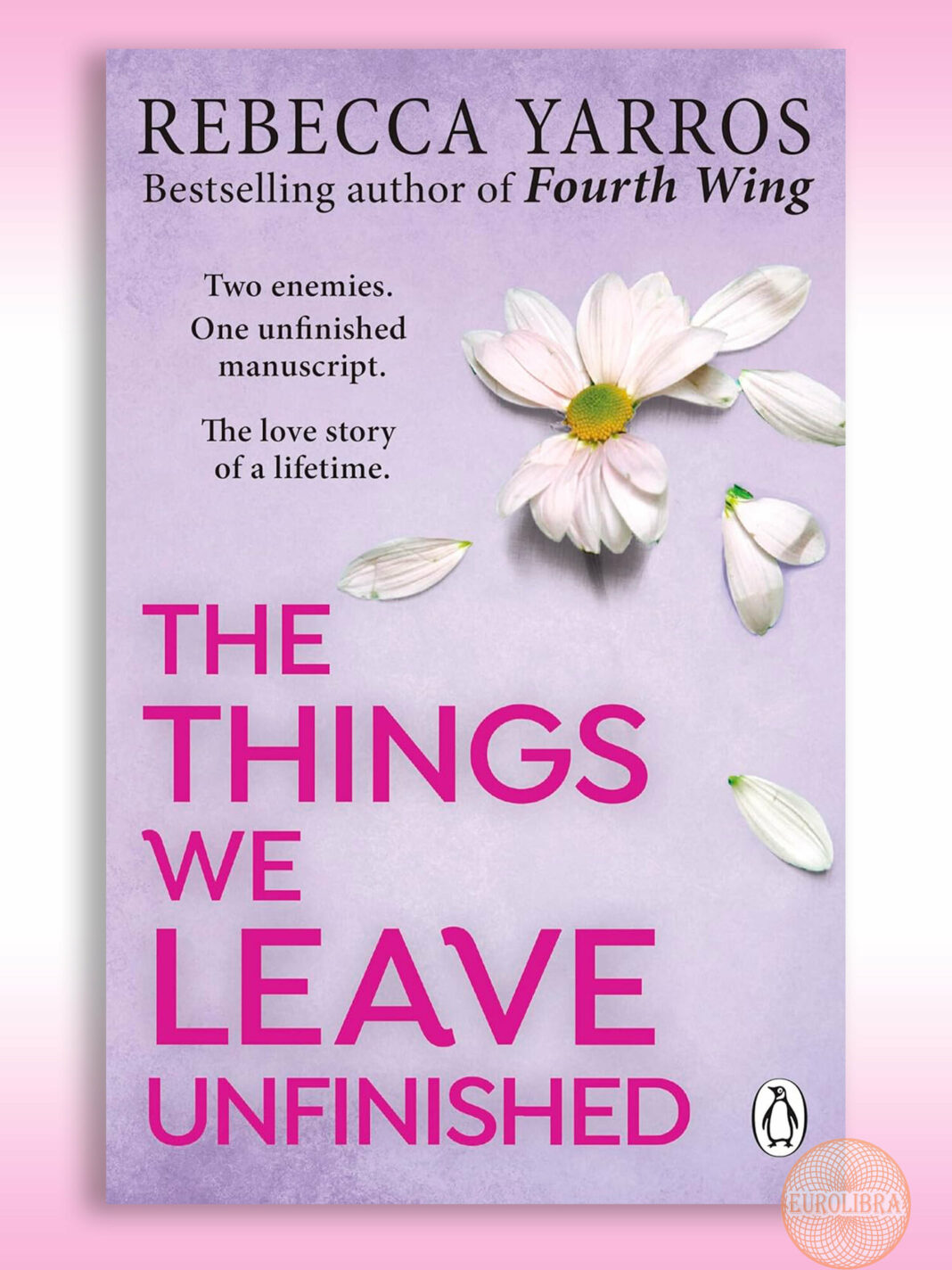In The Things We Leave Unfinished, bestselling author Rebecca Yarros delivers a poignant, multi-layered story that blurs the lines between past and present, heartbreak and hope, love and loss. Set against the backdrop of both World War II and modern-day Colorado, the novel explores how stories—both written and lived—can remain unfinished, yet still profoundly complete in their emotional impact.
This is more than just a love story. It’s a meditation on the enduring nature of connection, the legacy of unresolved emotions, and the courage it takes to begin again.
Two Women, Two Timelines, One Story
At the heart of the novel are two women separated by decades but united by blood and emotion. Georgia Stanton is a modern woman, newly divorced and disillusioned, who inherits the unpublished manuscript of her grandmother, Scarlett—a wartime romance novelist who lived a passionate, complicated life.
As Georgia begins working with a handsome but arrogant author, Noah Harrison, to complete the manuscript, she uncovers secrets not just about the story but about her grandmother’s past. The manuscript, a fictionalized version of Scarlett’s own life during World War II, reveals a gripping love story between Scarlett and Jameson, a soldier whose fate remains uncertain.
Yarros masterfully weaves these two narratives, letting each inform and deepen the other. The story becomes a puzzle of love, grief, and resilience as Georgia grapples with her own unfinished chapters—both literal and emotional.
The Weight of the Unfinished
The title itself—The Things We Leave Unfinished—sets the tone for a novel steeped in emotional complexity. It speaks not only to Scarlett’s incomplete manuscript, but to the relationships, dreams, and truths that are left unresolved in both timelines.
Scarlett’s story is a reminder of how war forces people to live in fragments, never knowing if today’s goodbye will be the last. Georgia, in contrast, must learn that healing is not about tying every emotional thread neatly, but about accepting that closure doesn’t always come in the way we expect.
By exploring these parallel journeys, Yarros shows that unfinished doesn’t mean unworthy, and that sometimes the most powerful stories are those that leave space for hope.
Second Chances in Unexpected Places
One of the novel’s greatest strengths is how it reclaims the idea of second chances. Scarlett’s life may have been filled with loss, but her story lives on through Georgia. And while Georgia’s trust in love is shaken, her journey with Noah becomes a path toward rediscovery—not just of her grandmother’s story, but of her own heart.
There’s a quiet beauty in how The Things We Leave Unfinished allows its characters to be messy, vulnerable, and human. Love is not portrayed as a cure-all but as a courageous act of faith—especially after heartbreak.
Why This Novel Resonates
Rebecca Yarros has crafted a deeply emotional, romantic, and reflective novel that lingers long after the last page. Its dual timeline structure adds narrative richness, while the exploration of love during wartime lends a sense of urgency and gravity.
Ultimately, The Things We Leave Unfinished is about how stories—whether they’re written in books or in our hearts—can live on, even when they don’t follow a perfect arc. It’s a tribute to the power of remembering, rewriting, and reopening ourselves to possibility.
Final Thoughts
In a world where we often seek tidy endings, The Things We Leave Unfinished reminds us that the most meaningful journeys are rarely linear. Through heartbreak and healing, Rebecca Yarros shows that love—whether it ends on the page or in real life—always leaves its mark.



